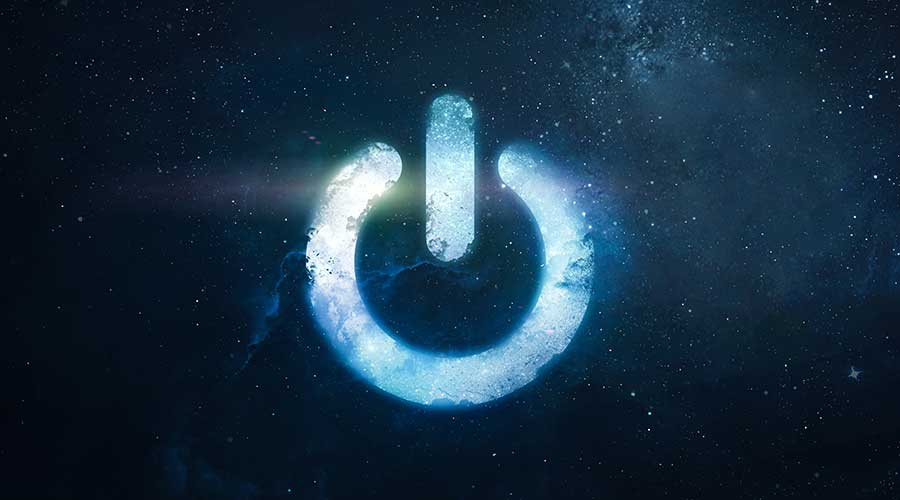Storms of all types can wreak havoc on healthcare facilities, especially with their energy supply. Worst case scenario: these buildings lose power completely. If severe enough, power outages can last for quite some time.
To counter this, having a backup power source is crucial to keeping a healthcare facility fully operational during power outages and their related disasters.
One option for backup power is microgrid technology, which enables a healthcare facility to essentially switch off from a main power grid in cases of blackouts or outages.
“As healthcare leaders, we understand the importance of self-reliance and being able to create our own, independent power grid,” says Todd Suntrapak, president and chief executive officer of Valley Children’s Healthcare. “It all comes down to resiliency. By being able to function independently off our own microgrid, we can ensure uninterrupted patient care, which is paramount, especially when dealing with critically ill patients.”
Microgrids are small, networked energy systems that can generate, distribute and control electricity either on their own or with the central power grid. Valley Children’s Healthcare started a project to install a microgrid for their own facility so it can be energy resilient.
Additionally, microgrids also enable healthcare facilities to be resilient in the face of challenges such as extreme weather and worsening climates. If a power outage were to occur in either of these scenarios, the facility would have to suspend operations and services. This would risk the safety of both patients and staff.
“In healthcare, any power disruption can be life-threatening, affecting essential medical equipment, data systems and medication storage,” says Suntrapak. “More than that, healthcare facilities are often key points of care in emergencies and disasters, making energy resiliency essential to their emergency preparedness and response capabilities.”
Suntrapak adds that some argue that there are backup generators available, however, it is essential to recognize that not every single power outlet in a given hospital is connected to them.
“Relying solely on generators is not the answer,” says Suntrapak. “Our primary objective is to establish an energy strategy that guarantees a continuous and safe environment for patient care.”
Another benefit from microgrids is that they can run off renewable energy, which in turn can contribute towards sustainability goals, something Suntrapak says his organization is actively working towards. He says they want to reshape the perception of healthcare as an environmentally unfriendly industry. That is why his organization is trying to understand how their current energy consumption affects the environment.
Even with these benefits, there are some things facility managers should know about microgrids, according to Suntrapak. He says there are a few threats to the continuity of patient care as it relates to energy strategy. This means threats such as aging infrastructure, rising energy prices and utilities shutting down power to reduce the chance of wildfires.
“However, with all these risks come opportunities: the opportunity to improve solutions for today and the future, the opportunity to become more cost-effective through better use of resources, and the opportunity to become an environmentally sustainable organization,” says Suntrapak.
Jeff Wardon, Jr. is the assistant editor for the facilities market.

 Design Plays a Role in the Future of Healthcare
Design Plays a Role in the Future of Healthcare Cedar Hill Regional Medical Center GW Health Officially Opens
Cedar Hill Regional Medical Center GW Health Officially Opens Designing Healthcare Facilities for Pediatric and Geriatric Populations
Designing Healthcare Facilities for Pediatric and Geriatric Populations Kaiser Permanente Announces New Hospital Tower at Sunnyside Medical Center
Kaiser Permanente Announces New Hospital Tower at Sunnyside Medical Center Building Disaster Resilience Through Collaboration
Building Disaster Resilience Through Collaboration